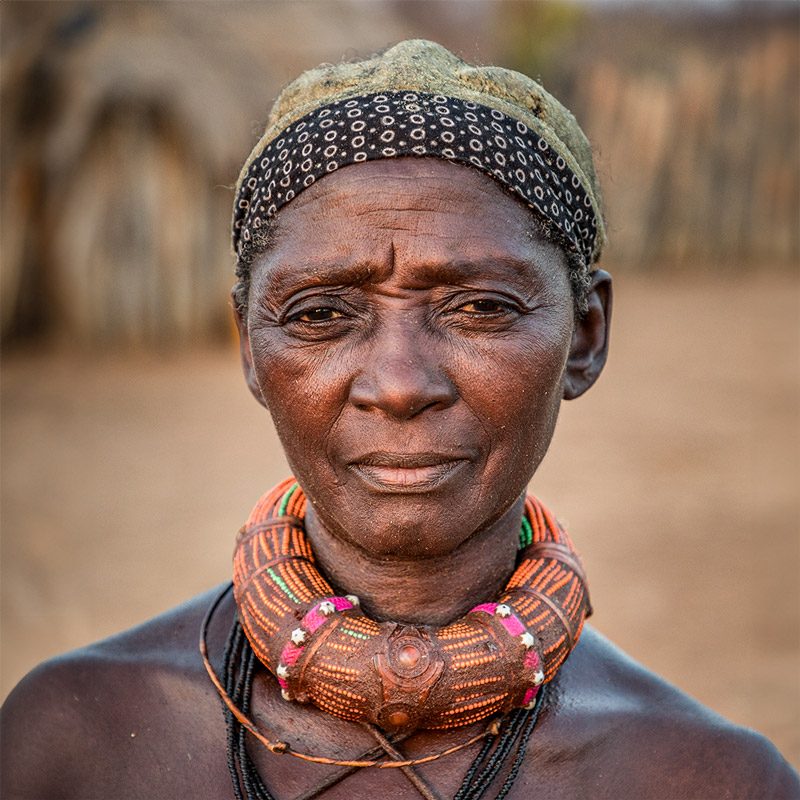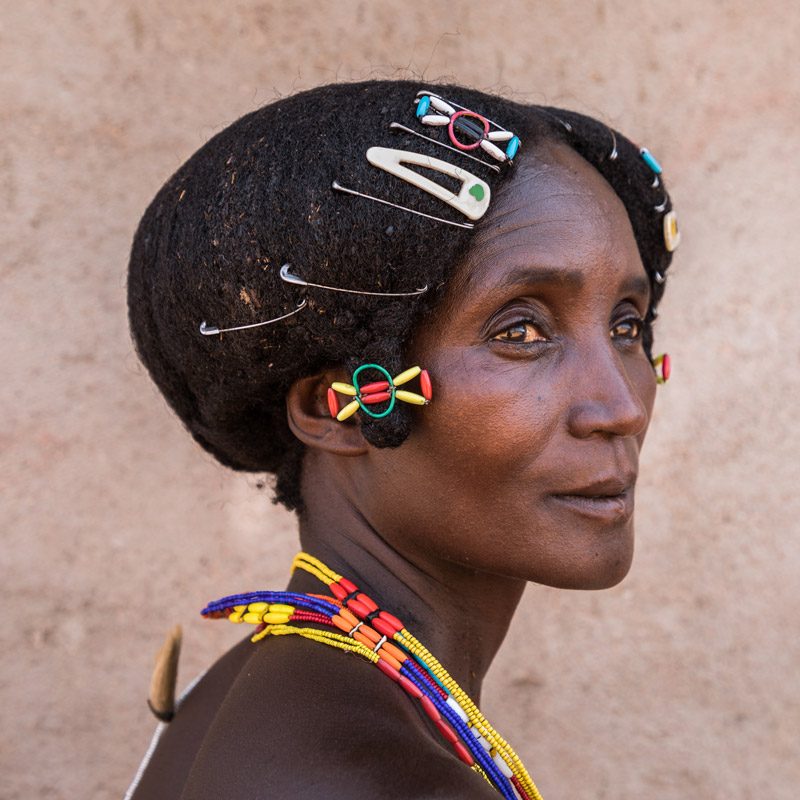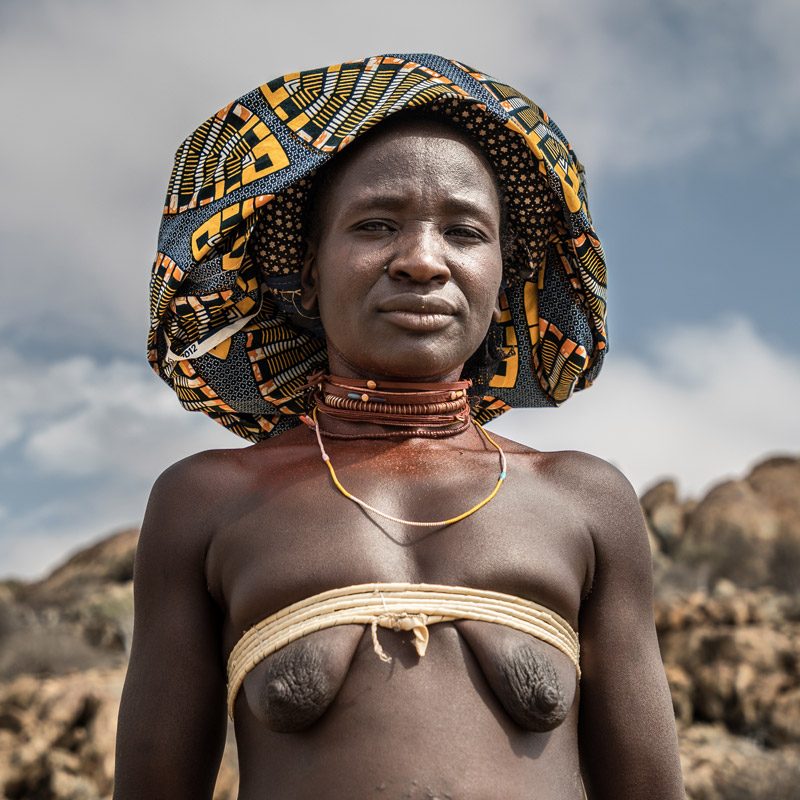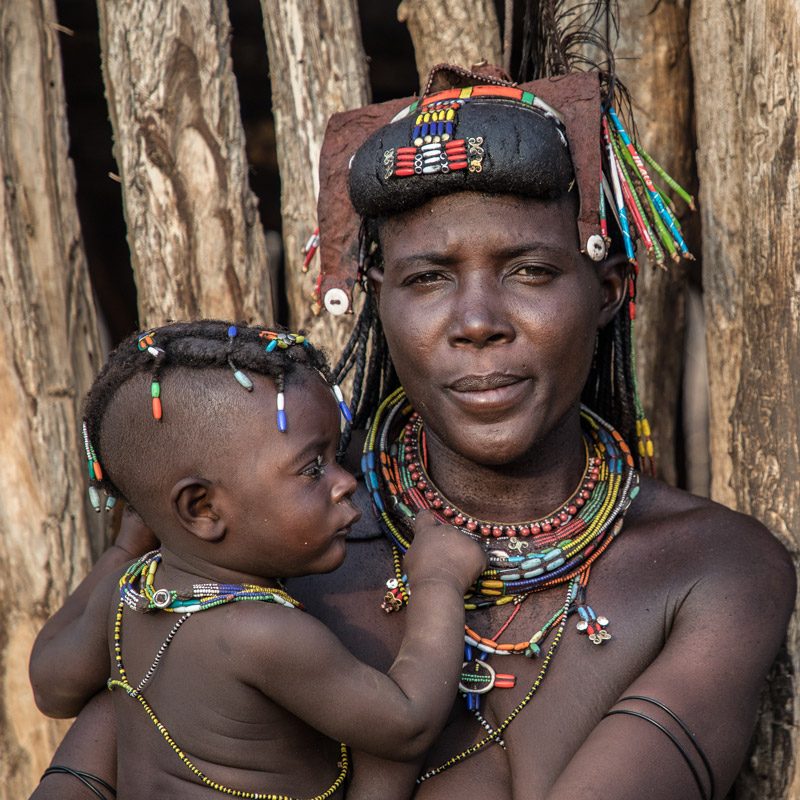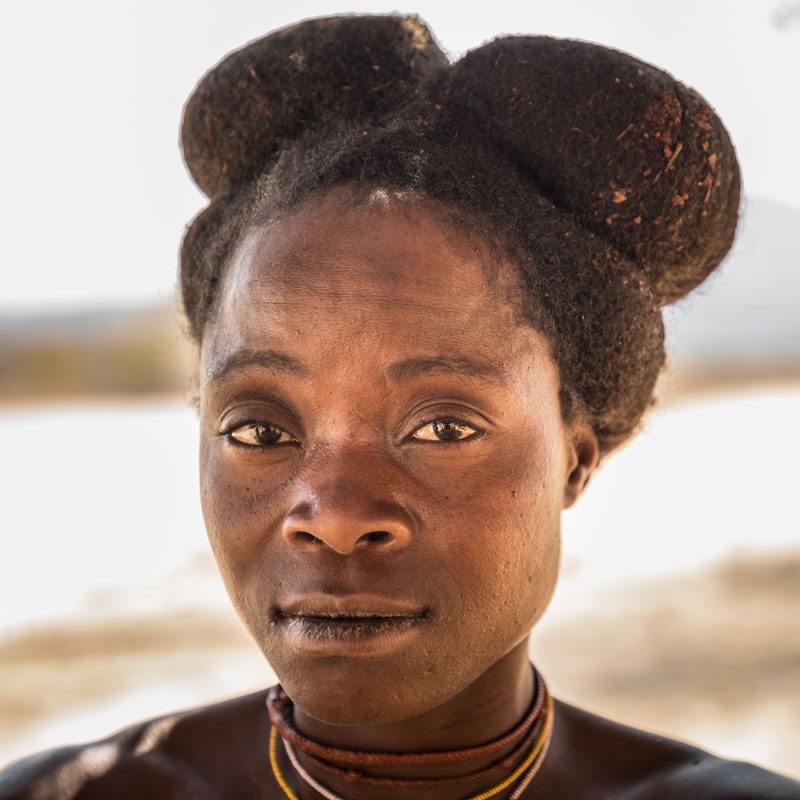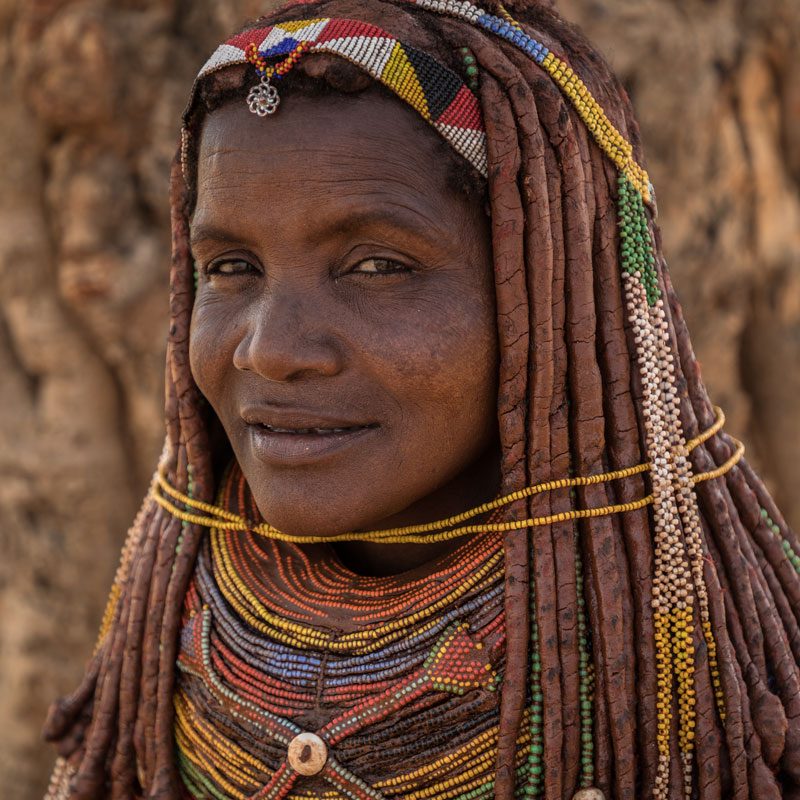Gambue people share many traditions with their northern neighbors: the Muila and the Handa. One of them is the use, by women, of bead and clay necklaces. They also have complex hairstyles, which indicate the marital status of each woman. Nowadays, they can only be found in remote villages and only in the older generations […]
The Dimba tribe of Angola is a livestock society that mainly inhabits the savannah on the outskirts of the town of Cahama. Also, they practice hunting and subsistence agriculture. Currently, they usually cultivate the lands of the Himba and liven up their festivals with songs, being their successors in terms of social rank in the […]
The Cubal tribe of Angola are a semi-nomadic group, whose economy is based on livestock, and also on agriculture since the 90s. Their territory is quite wide, although it is mainly located in the Namib Desert, surrounded by the Serra da Chela mountains and the Cunene River. They were the last people to succumb to […]
The Hakaona tribe of Angola live in the wooded savannah and rocky hills in the outskirts of Oncocua town, near the Cunene River. They are mainly goat herders, their heads of cattle being a marker of social status. They are known as the Black Himba and they often take care of the Himba’s herds as […]
The Ngendelengo are a minority ethnic group (3,000 members) who live in isolated mountainous areas of the Serra da Chela, in the southwest of Angola. They are semi-nomadic subsistence herders, hunters and farmers. Ecosystem and social organization of the Ngendelengo of Angola Living in a forested environment has allowed them to develop a rudimentary charcoal […]
